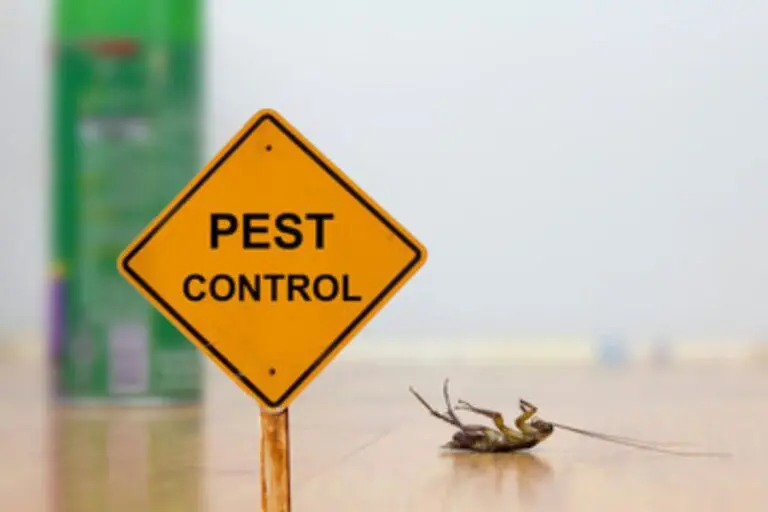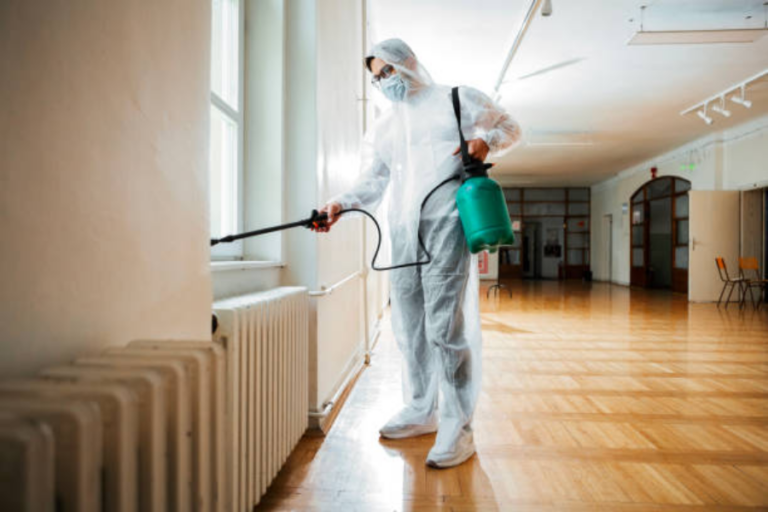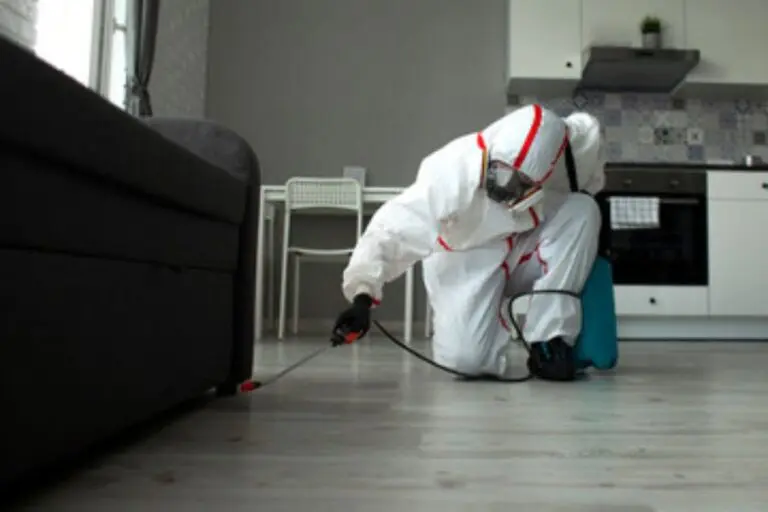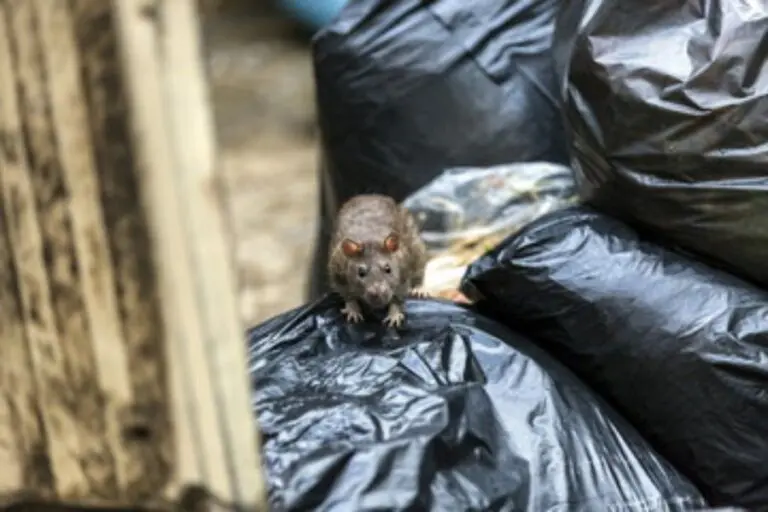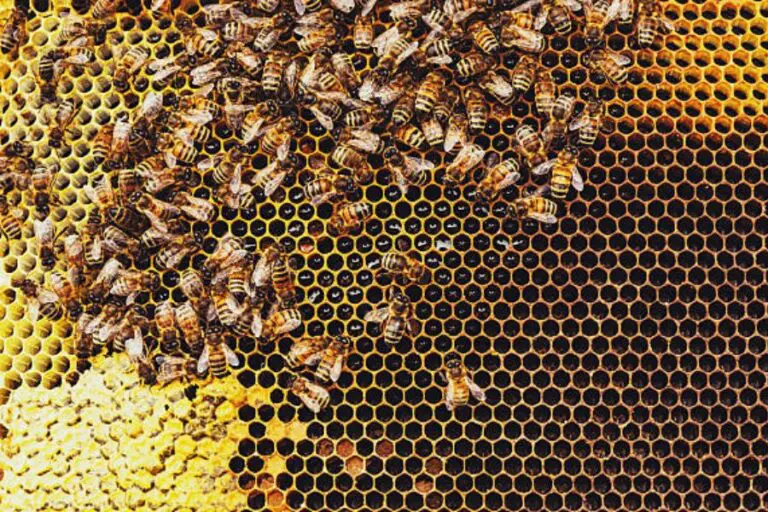Understanding Wasp Behaviours: A Guide to Lifecycle, Activity Patterns, and Preventive Safety
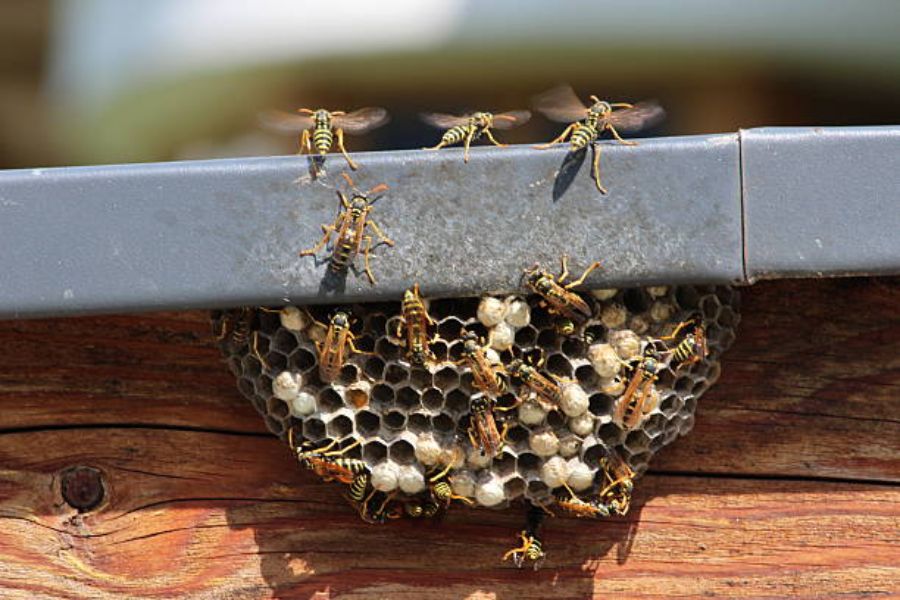
Wasps are more than aggressive insects; they are fascinating, essential contributors to our ecosystems, with complex social structures and behaviours. Despite their often alarming presence, understanding wasp behaviours can help us manage encounters and prevent unwanted interactions. This guide explores wasp behaviours, their lifecycle, seasonal activity patterns, and best practices for safely handling wasp nests. For anyone living in a wasp-prone area or curious about insect behaviour, this knowledge can help foster a balanced and safe coexistence with wasps.
What Are Wasp Behaviours, and Why Should We Understand Them?
Understanding wasp behaviours is essential for those living near wasp-prone areas, frequent outdoor spaces, or maintaining properties with hidden nesting spots. By observing and understanding how wasps act, we can anticipate their seasonal behaviour changes, identify nests early on, and implement safe control measures. Wasp behaviours range from foraging for food to building intricate nests and defending their territory. Recognising these patterns empowers us to respond to wasp encounters with minimal conflict.
The Lifecycle of Wasps: From Queen Emergence to Colony Development
The wasp lifecycle begins in early spring when the queen emerges from hibernation, often as temperatures start to exceed 10°C. She is the sole survivor from the previous colony, having mated before the winter months. She aims to build a new colony, laying the groundwork by choosing a suitable nesting location, gathering materials, and building cells to lay her eggs.
After the queen’s initial efforts, the first batch of eggs hatches into larvae, developing into workers responsible for expanding the nest. From this point, wasp behaviours shift, as the queen no longer leaves the nest but focuses solely on reproduction, while workers handle foraging and defence.
Wasp Behaviours in Spring: Building, Foraging, and Nest Establishment
In spring, wasp behaviours are primarily focused on colony establishment. Worker wasps begin to build a larger structure from wood fibres, mixing them with saliva to create a paper-like material. They expand the nest structure as more larvae develop, adding layers and chambers for new eggs.
During this time, worker wasps forage for protein-rich food sources, primarily targeting other insects, to support larvae growth. These foraging behaviours are integral to their ecosystem role as natural pest controllers, keeping local insect populations balanced. It’s also important to note that wasp behaviours around this time are relatively non-aggressive unless they feel the nest is threatened.
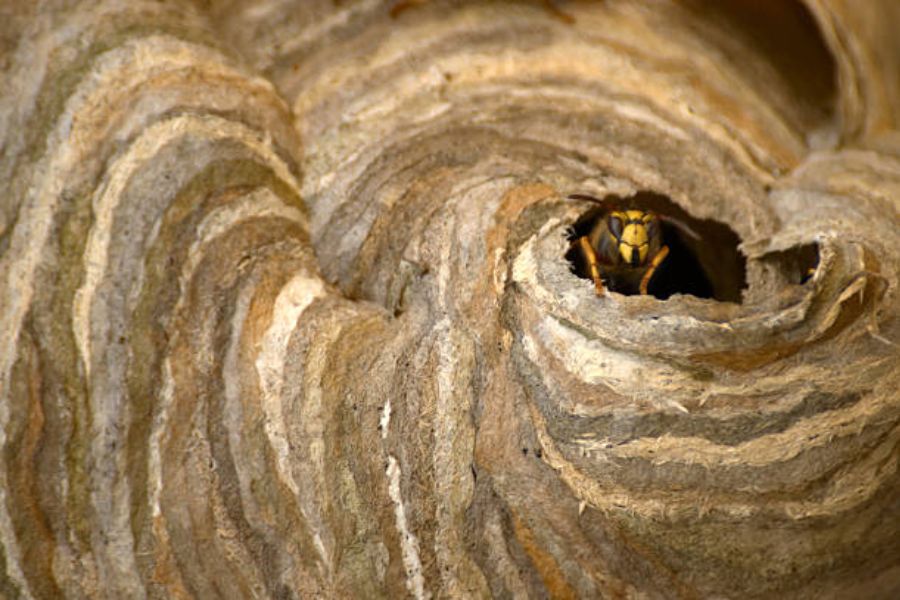
Mid-Summer Wasp Behaviours: Peak Nest Expansion and Feeding Preferences
As summer reaches its height, wasp behaviours shift into high gear. Colonies are now substantial, with hundreds or even thousands of workers. During this period, wasps exhibit highly organised foraging behaviours and a more visible presence around food sources. As they need additional food to sustain their growing population, they may increase their focus on protein sources like insects but will also shift towards sugary substances.
It’s not uncommon to notice wasps around human gatherings during this time. Sweet foods and drinks are particularly attractive to them, making picnics, outdoor dining, and other summer activities a prime target for foraging wasps. This shift in food preference is tied to the colony’s size and the need to build energy stores for reproductive wasps who will mate later in the season.
Late-Summer and Fall Wasp Behaviours: Aggression, Swarming, and Reproductive Changes
Late summer and early fall significantly change wasp behaviours, often increasing their interactions with humans. During this time, the colony’s focus shifts from growth to reproduction. The queen produces new queens and drones (male wasps) instead of workers. This shift coincides with an increased need for sugar, leading wasps to seek out sugary foods in larger quantities.
At this stage, wasp behaviours become notably more aggressive, primarily as they compete for resources. Swarming may also become more frequent, a natural behaviour triggered by the colony’s reproductive and territorial instincts. Unfortunately, this phase also makes wasps more likely to sting if they perceive a threat.
Seasonal Adaptations and the Decline of the Colony in Late Fall
As autumn progresses, the wasp colony begins to decline. Temperatures drop, food sources become scarce, and wasp behaviours become more frantic as workers try to consume the remaining sugar supplies. By late autumn, the queen and worker wasps perish, leaving only the newly fertilised queens, who find sheltered areas to hibernate and survive the winter. This cyclical adaptation allows the wasp population to regenerate the following spring.
Understanding Territorial and Defensive Wasp Behaviours
Wasp behaviours are intrinsically tied to defending their colony. Social wasps, particularly those in large nests, have workers trained to guard the entrance and will respond aggressively to threats. When defending their territory, wasps emit pheromones that signal other workers to join the defensive effort. This behaviour ensures the colony’s survival but can lead to increased human-wasp conflict, especially near high-traffic areas.
Awareness of these defensive wasp behaviours can help reduce accidental stings. If you notice a wasp nest, it’s best to maintain a distance and avoid disturbing it. Understanding wasp body language—such as hovering or ‘warning flights’ around a potential threat—can help you gauge their comfort levels and avoid provoking an attack.
Preventive Measures: Avoiding Common Wasp Attractants
By understanding wasp behaviours, you can implement preventive strategies to keep wasps from invading your space:
- Limit Sweet Scents: Wasps are attracted to sweet-smelling foods, drinks, and even fragrances. When outside, avoid wearing floral perfumes and keep food covered.
- Cover Trash Bins: Wasps often forage near bins for food scraps. Ensure containers are tightly sealed and clean to reduce odour.
- Seal Entry Points: Check for small openings around your property where queens may enter to build a nest.
- Reduce Open Water Sources: Wasps need water, especially in hot weather. If they frequently visit, cover pools and birdbaths.
By making your space less attractive to wasps, you can help reduce the likelihood of them nesting nearby or becoming a persistent presence.
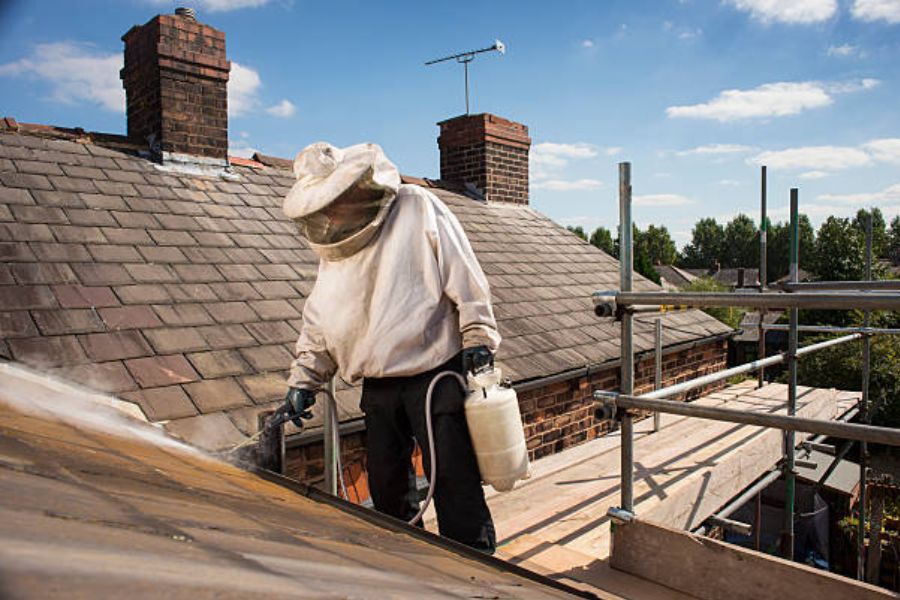
Managing Wasp Nests: When and How to Call a Professional
Encountering a wasp nest can be unsettling, especially in high-traffic areas. If you find a nest near your home, it’s best to call a professional pest control service. Experts understand wasp behaviours and can handle nest removal without triggering defensive attacks. Attempting DIY removal, especially for large nests, is highly discouraged due to the potential for multiple stings and severe allergic reactions.
Handling Wasp Encounters: Staying Calm and Minimising Risk
When faced with a wasp, maintaining calm is crucial. Quick movements can be perceived as threats, triggering defensive wasp behaviours. If a wasp hovers near you, avoid swatting; slowly back away or remain still until it loses interest. Understanding that wasps are often foraging and uninterested in stinging can help you stay composed and reduce the risk of escalating the situation.
Specialised Wasp Behaviours in Different Species
Different wasp species exhibit unique behaviours:
- Yellow jackets are highly aggressive, especially around food sources in late summer.
- Paper wasps are less territorial and are often less aggressive unless their nest is threatened.
- Mud daubers are solitary and less likely to sting unless provoked.
- Recognising species-specific wasp behaviours can help you determine the level of risk and the best approach to managing potential nests.
The Value of Wasp Behaviours in the Ecosystem
Wasps play crucial ecological roles, particularly as predators of pest insects. Their foraging behaviours help control populations of other insects, benefiting gardens, crops, and forests. Wasps are also pollinators, particularly solitary species that visit flowers for nectar. Understanding and respecting these beneficial aspects of wasp behaviours encourages a more balanced view of their presence.
Wasp Behaviours and Coexistence
Understanding wasp behaviours helps us approach wasps with caution and respect. By learning about their life cycles, seasonal patterns, and nesting habits, we can coexist more peacefully with these essential yet sometimes intimidating insects. Effective prevention, professional removal, and respectful distance from wasp nests are crucial to reducing the risk of unwanted interactions. With knowledge of wasp behaviours, you can make informed choices to ensure a safer and more harmonious living space.
